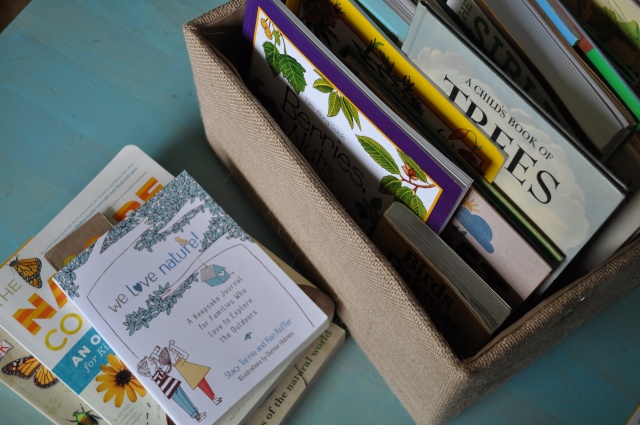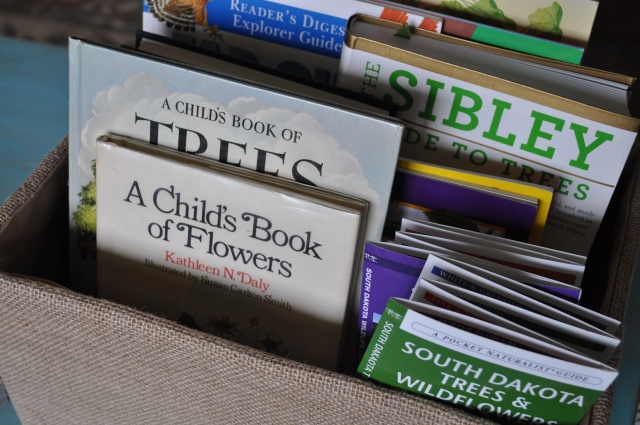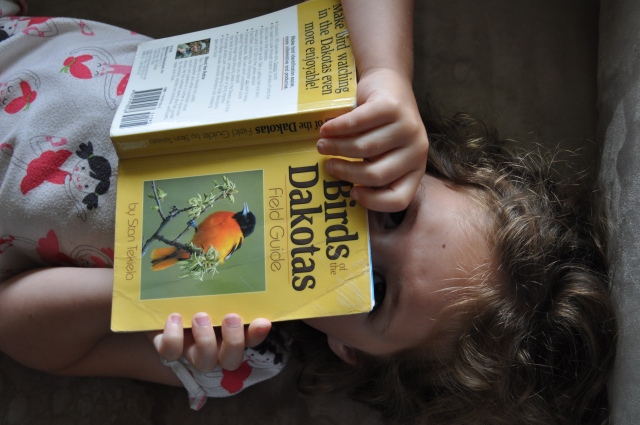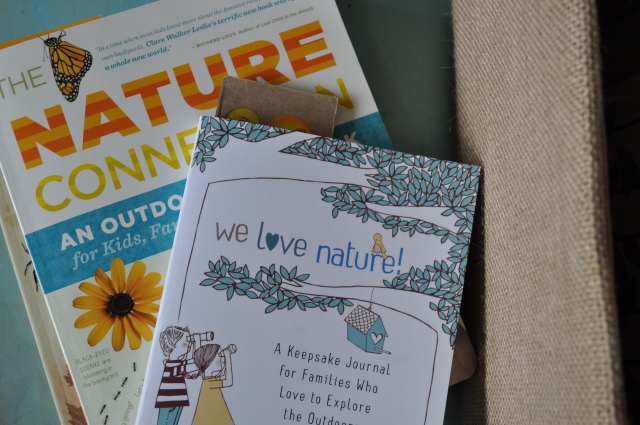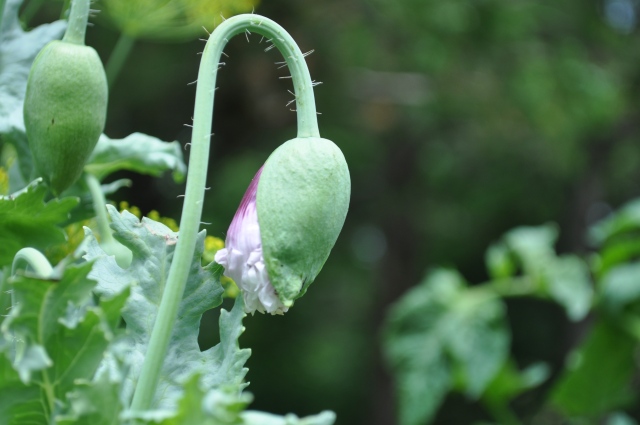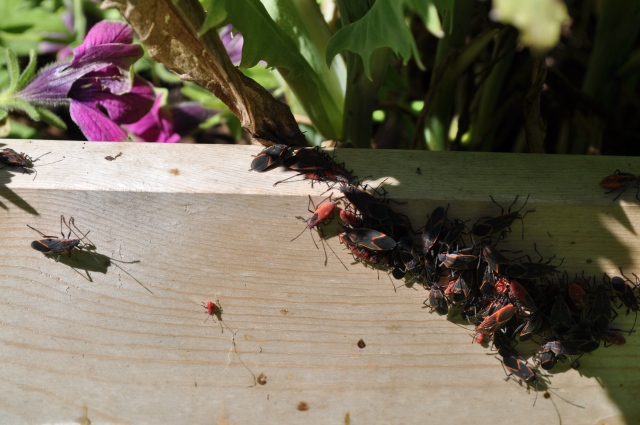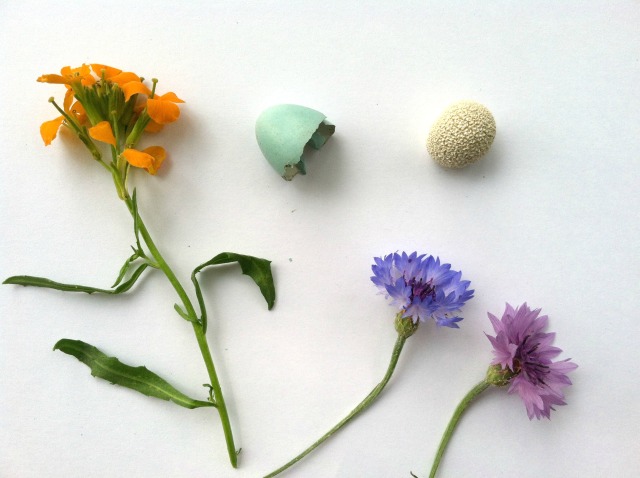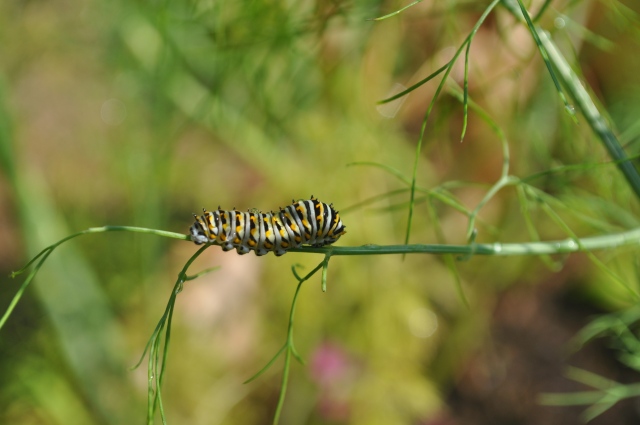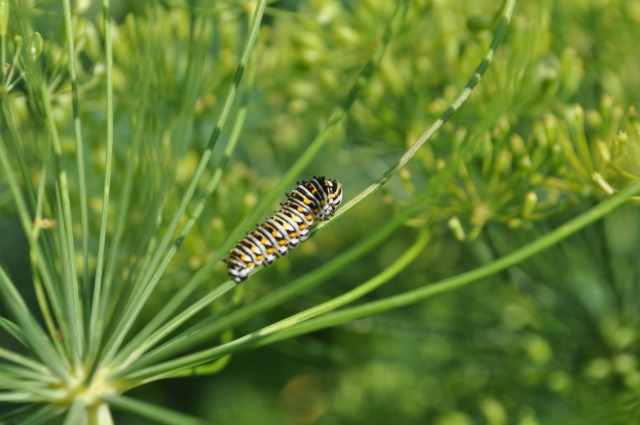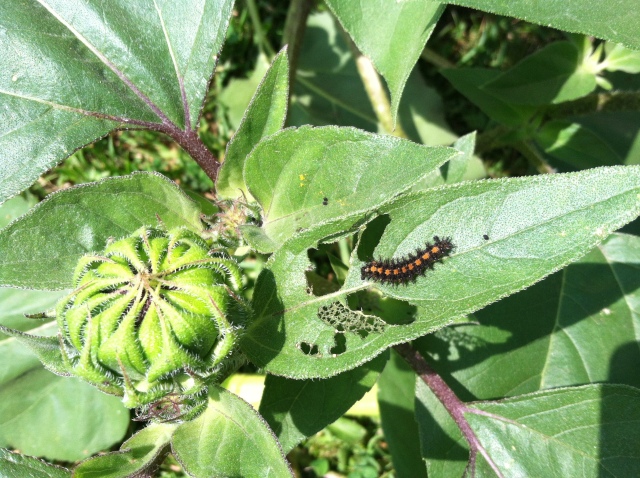Ten Ways to Destroy the Imagination of Your Child by Anthony Esolen
One thing I hope for my children is that they grow to love the world around them — and I mean “around them” quite literally. I want them to know what a rhinoceros is and be able to identify New Guinea on a map and to imagine what it might be like to live in the rain forest. But even more important, I want them to know, really know, the place they live in — and to know that this place on the prairie is just as full of fascinating and wonderful creatures as any tropical rain forest or African savanna.
And so this summer we’ve been working on identifying the trees, bugs, birds, flowers, weeds, and all manner of things that we find in our own backyard, or down the street, or at the lake. We’ve been using two wonderful books as inspiration: The Nature Connection and We Love Nature. We’ve observed the life stages of boxelder bugs and watched a black swallowtail caterpillar make a chrysalis on the backdoor frame. We now know more birds than ever (still using our favorite trusty bird guide) and are learning to identify some by their songs using this (so handy to have the Kindle edition on my phone!). My six year old can tell the difference between a honey locust, an American basswood, and a Russian olive tree (which is something I couldn’t do as a twenty-six year old). We are all learning together, and I’m just as fascinated by all this new knowledge as the girls. And nothing makes my heart swell like Adeline saying, “Mom, I heard a cardinal in the tree and then I saw two red admiral butterflies! What a lucky day!”

